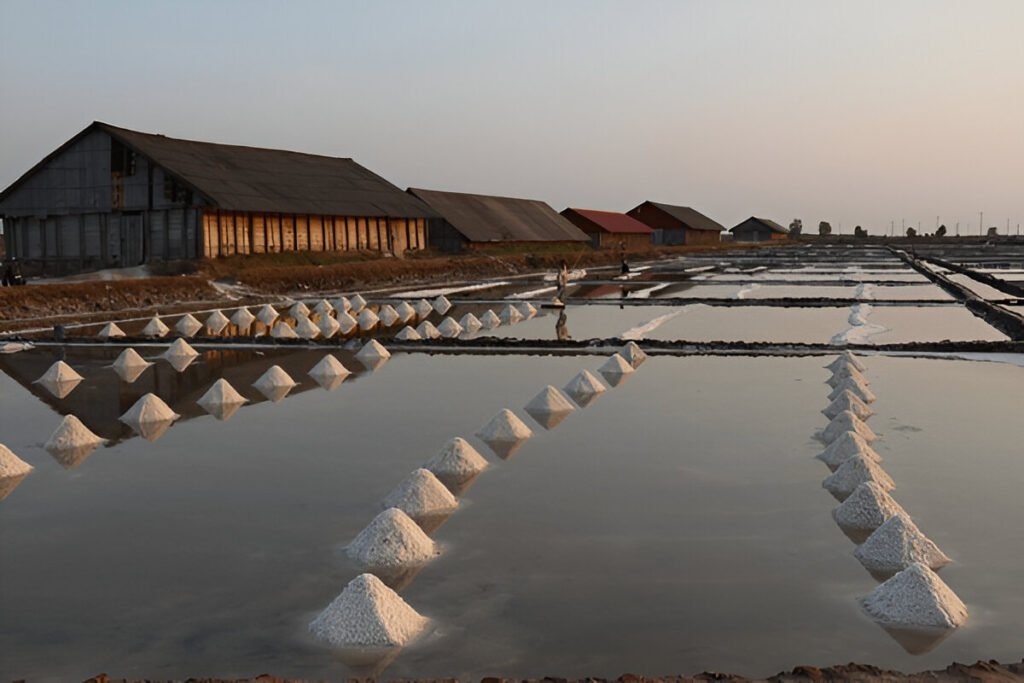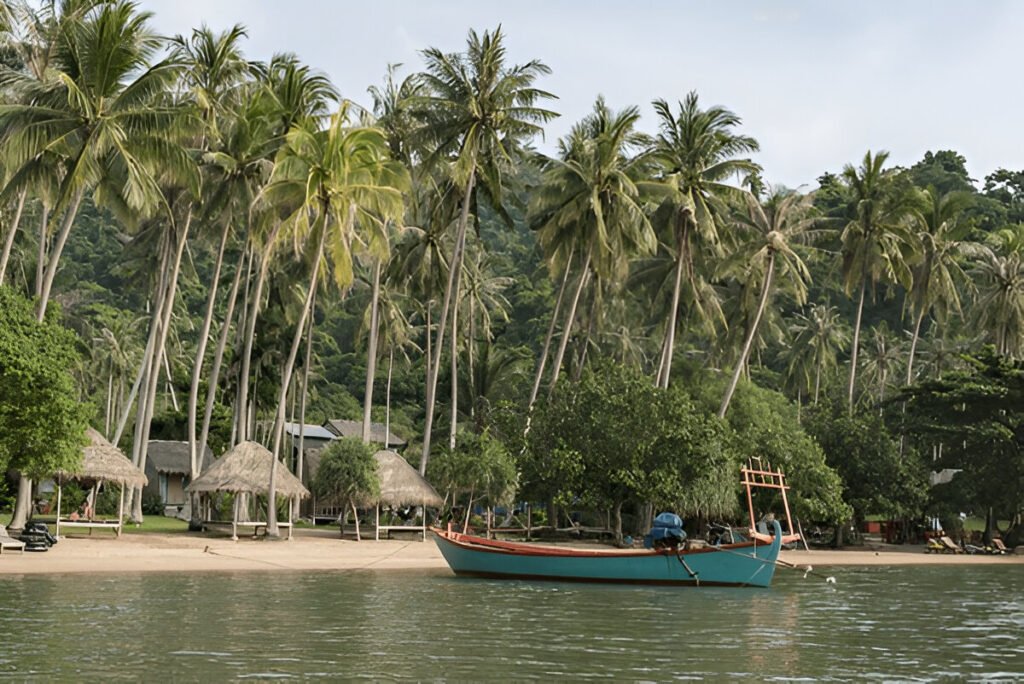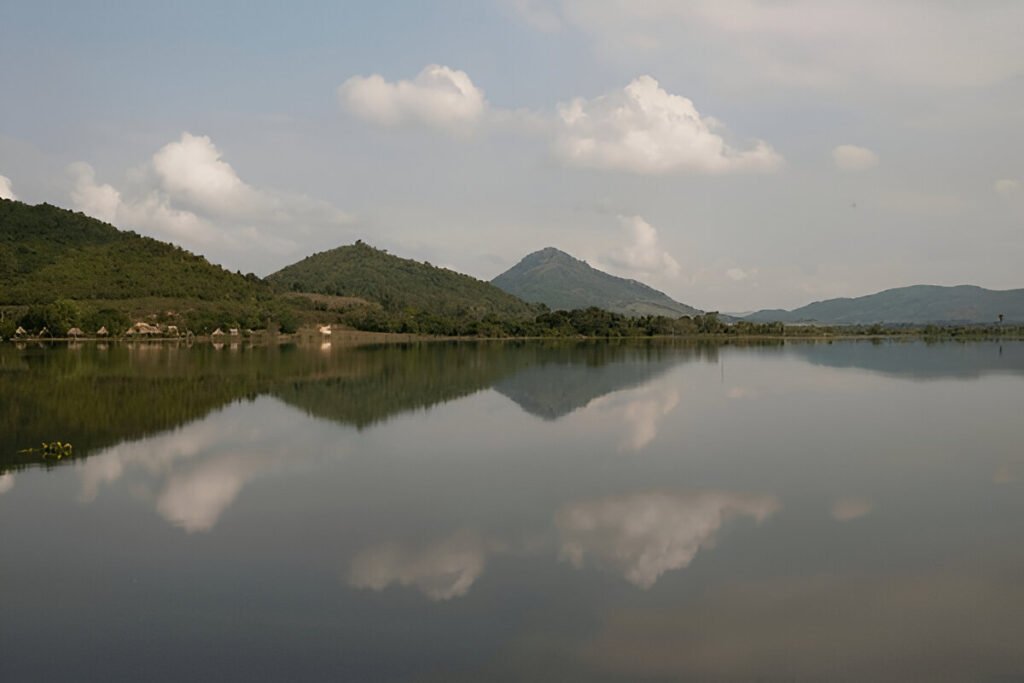Introduction:
Nestled on the northern tip of Hokkaido is a natural wonder that offers breathtaking sea views and serenity. Cape Soya, Japan’s most northerly point, is a must-see destination for nature lovers and people seeking tranquility. This picturesque landmark, aptly dubbed as Japan’s ultimate north, boasts magnificent panoramic views of the Sea of Okhotsk and the Sakhalin Island. Culturally, Cape Soya holds historical significance as it served as a hub for trade and fishing for centuries.
Embrace the Majestic Beauty of Cape Soya: Japan’s Northern Frontier
Cape Soya is a serene and wild frontier that captivates visitors with its natural beauty. The rugged coastline, combined with the endless expanse of the sea, creates an awe-inspiring panorama that is both soothing and invigorating. The cape is marked by a stone monument, which stands as a symbol of this farthest north point of Japan’s main islands. The monument is inscribed with the words ‘The Northernmost Point of Japan,’ which is a proud testament to the country’s geographic diversity.
The windswept cape is home to various species of seabirds, making it a wonderful spot for birdwatching. During the colder months, one might even catch a glimpse of drifting sea ice, a spectacle that is unique to this region. As you stroll along the coastline, you’ll notice the Soya-misaki Lighthouse, a towering structure that offers an unobstructed view of the sea and a guiding light for ships navigating the treacherous waters.
Discover Unparalleled Views and Tranquility at Japan’s Ultimate North
The peace and tranquility at Cape Soya provide a refreshing escape from the hustle and bustle of city life. The calming sound of waves crashing against the rocks, coupled with the gentle sea breeze, creates an environment that is perfect for relaxation and contemplation. On a clear day, the visibility is so good that you can see Russia’s Sakhalin Island from the cape.
If you are a history enthusiast, you’ll be intrigued by the historical significance of Cape Soya. The place is dotted with monuments and memorials, such as the Peace Monument, which commemorates the lives lost in the tragic 1983 Korean Air flight crash. Additionally, the statue of Rinzo Mamiya, a famed Japanese explorer who first confirmed that Sakhalin is an island, also stands tall on the cape.
Description of the Attraction:
Cape Soya is a natural spectacle that provides an unparalleled scenic beauty. The cape is a rocky peninsula jutting out into the ocean, offering a 360-degree view of the sea and the horizon. The Soya-misaki Lighthouse, standing tall and majestic, further enhances the beauty of the landscape. The area is rich in biodiversity, making it a paradise for birdwatchers and nature enthusiasts.
Cape Soya is not just about the natural beauty; it’s also steeped in history and culture. The place is dotted with several monuments and memorials that narrate tales of bravery, exploration, and tragedy. The local culture, deeply intertwined with the sea, is reflected in the way of life of the people inhabiting the nearby towns.
Things to Do:
Visitors to Cape Soya can engage in several activities. Taking a leisurely walk along the coastline is an absolute must-do. The pathway that leads to the cape is lined with flower fields, adding to the scenic beauty. Birdwatching is another popular activity, and if you’re lucky, you might even spot some rare species.
For history buffs, exploring the numerous monuments and memorials spread across the cape would be an engaging activity. Don’t miss the chance to visit the Soya-misaki Lighthouse; climbing to its top will reward you with an unbeatable view of the sea and the Sakhalin Island.
Local Tips:
The best time to visit Cape Soya is during the summer, when the weather is pleasant, and the visibility is at its best. Dressing in layers is advisable as the wind can be strong and chilly, even during the summer. Don’t forget to bring your binoculars for birdwatching and a camera to capture the stunning views.
In terms of local customs, it’s common for visitors to leave a small stone at the base of the Soya Hill Monument as a symbol of having reached the northernmost point of Japan.
How to Get There:
There are several ways to reach Cape Soya. If you’re driving, it’s a five-hour journey from Sapporo, the capital of Hokkaido. You can also take a bus from Wakkanai, the nearest city, which takes about 40 minutes. Another option is to take a ferry from the port of Wakkanai, which provides a scenic route to the cape.
Nearby Attractions:
Near Cape Soya, there are several attractions that are worth a visit. The Wakkanai Park, renowned for its beautiful cherry blossoms, is a great place to relax. The Wakkanai Grand Hotel offers hot spring baths with sea views, perfect for unwinding after a day of sightseeing.
Conclusion:
Cape Soya is truly a gem in Japan’s northern frontier. Its panoramic sea views, tranquil ambiance, and rich history make it a destination worth visiting. Whether you’re a nature lover, a history enthusiast, or someone seeking peace and solitude, Cape Soya has something to offer for everyone. So, pack your bags, and head north to embrace the majestic beauty of Cape Soya.






